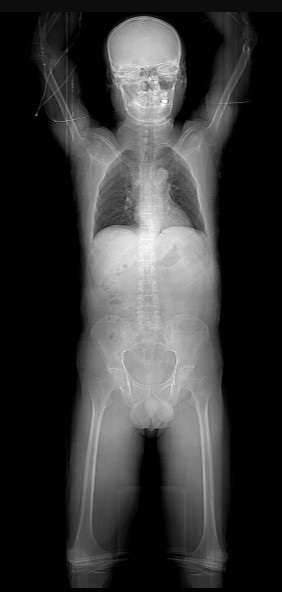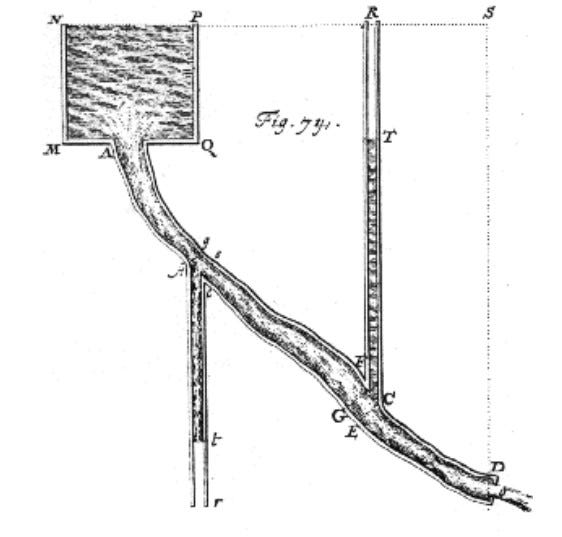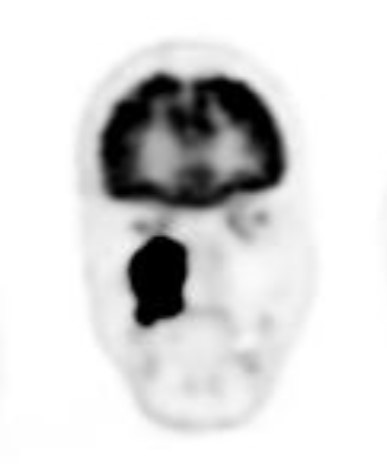A PET is not a pet. And the Penthouse magazine certainly has nothing to do with it. Nor does it have anything to do with politics.
History of Positron
The positron or antielectron is the particle with an electric charge of +1e, a spin of 1/2 (the same as the electron), and the same mass as an electron.
It is the antiparticle (antimatter counterpart) of the electron. When a positron collides with an electron, annihilation occurs. If this collision occurs at low energies, it results in the production of two or more photons.
The production of those photons results in an image - a photograph.
Positron was postulated around 1930 by many (Dirac, Weil, Oppenheimer among the famous ones). But, there were many puzzles about the particle that they could not figure out. It was Carl David Anderson from Caltech who produced the experiment that fit his theory. Naturally a Nobel followed in 1936.
Here I am, getting a non-invasive surgery, thanks to Anderson’s work.
Modern PET
A PET scan creates 3D images of different parts of the body.
How?
It does this by using radioactive tracers Fludeoxyglucose F18 - a radioactive tracer that acts as a glucose analog (administered to a patient through intravenous injection).
It is called FDG.
One day before, you have very little sugar in food. That way, only the FDG absorbed by tissues will glow in your body.
It gives out that telltale signal.
The detectors in the PET scanner measure these photons and use this information to create an image of the distribution of FDG in the body.
There are specialized places that do PET scans.
I went to one with one of these GE machines - cleverly called IQ. The operating system is Microsoft. The technician puts me on the tray. The operating system freezes. He does not know what to do.
I tell him, "Is there a ALT-CTRL-DEL" button? He looks even more confused. I see an off-on red button at the bottom of his consol. I said, "Turn that off for ten seconds and turn it on."
He does. Jai Ho!
We are in business.
So, the PET scan produces 1,166 slice images. The full body one looks like this. I know it is me because my gold tooth in my left maxilla burns bright. [Sorry to flash a dick pick.]
A digression in honor of Daniel Bernoulli
Daniel Bernoulli was the first to measure blood pressure by inserting a tube in the vein and observing how high the blood rises. The year was 1730. For the next 150 years, that remained the most reliable method of measuring blood pressure - an invasive process. Imagine checking your blood pressure ten times a day - as I am doing right now. It would involve a huge loss of blood.
He also invented the mechanism of how planes fly and the fundamentals of gambling principle - the expected utility model - that was *the* model for my PhD thesis 250 years later.
Jai Ho! Unfortunately, his father hated him for that. In his father's eyes, Daniel was smarter than him. His father hated to lose - even to his son.
Era of non-invasive medical procedure
From measuring blood pressure to everything else, a doctor needed a knife handy. And before the era of anesthesia (around 1900), it was a painful process. [Alcohol often did the trick.]
For looking *inside* your body, the only available method was to insert a knife - inside.
The PET scan gets around that problem. It slices you without knife.
Here are two pictures of mine.
Both are from PET scans.
The actual photograph is the first one. The second one is an AI generated colorized version. The second one “looks nice.”
How do they do that? It applies Occam's Razor to the image generation process: Image Generation using Generative Adversarial Networks (GANs) - a technique just a few years old.
Executive point: It is model generated - not what the *eye* sees.
Executive takeaway: It ignores observations that might have been important to the generation of the underlying physical process of cancer the same way the original observers missed the existence positron in the first place. It may be ignoring what is important for the power of two that generates cancers - instead it may be looking at irrelevant shiny objects.
“There are more things in Heaven and Earth, Horatio, than are dreamt of in your philosophy.”







